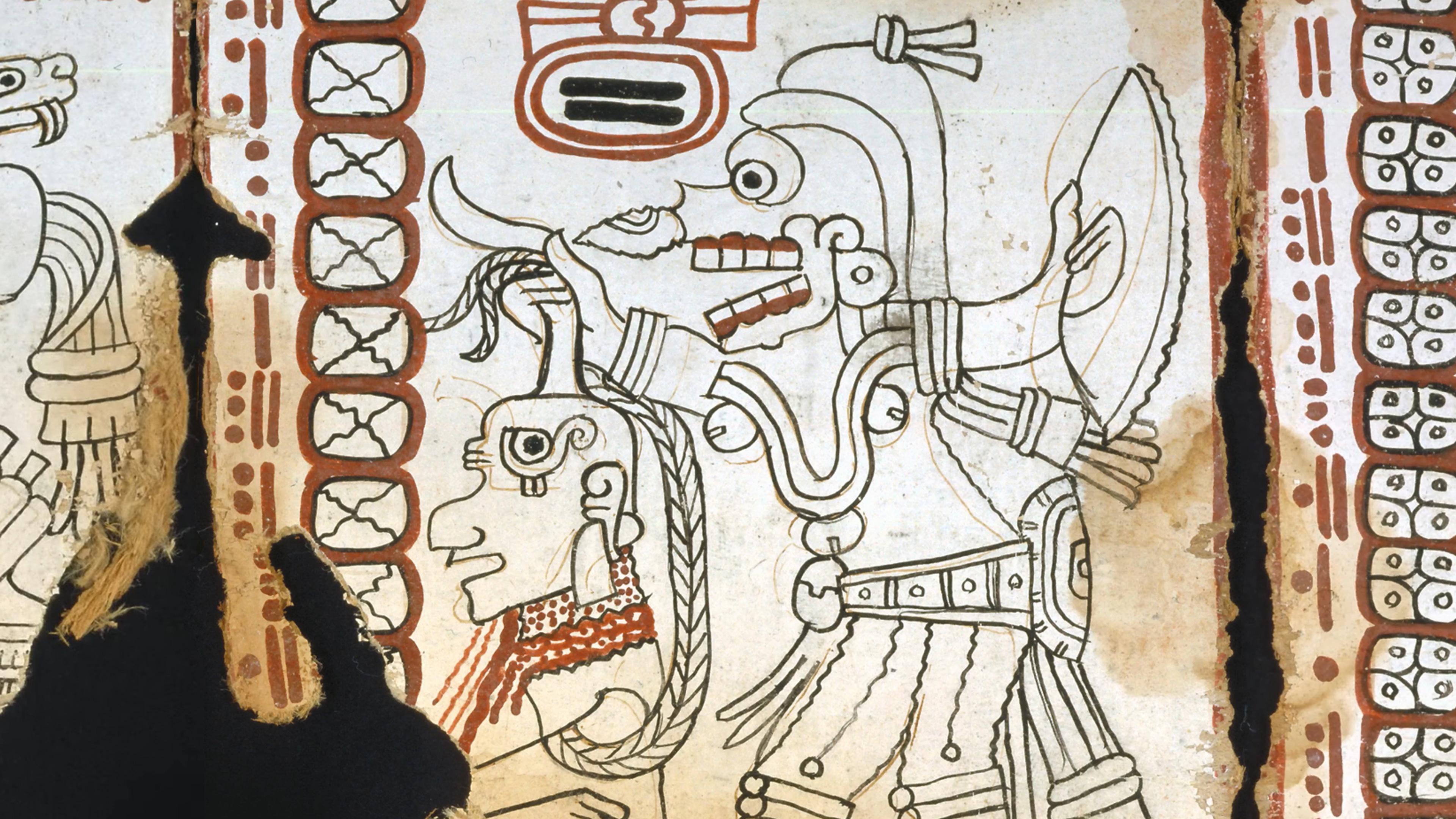After gaining independence from Spain in 1821, and amid the sweeping forces of the Industrial Revolution, Mexico entered a period of profound upheaval. In this moment of transformation, a pressing question arose: what does it mean to be Mexican?
In this instalment of Great Art Explained, the UK curator, gallerist and video essayist James Payne explores how José María Velasco (1840-1912), a prominent figure in Mexican art, used landscape painting to grapple with that question. Payne zooms in on The Valley of Mexico from the Santa Isabel Mountain Range (1875), one of Velasco’s most iconic works, to examine how every detail – from natural elements like snow-capped volcanoes to manmade structures like a cathedral – reflect the convergence of European and Indigenous influences in the landscape. As Payne details, these forces were fundamental in Velasco himself, as he merged European scientific traditions with a deep attentiveness to Mexico’s geography and history, using his medium to convey a sense of place both deeply rooted and forward-looking. By highlighting an essential yet often overlooked figure in the history of Mexican art, Payne invites viewers to consider how art can communicate and cultivate a shared sense of identity and belonging.








